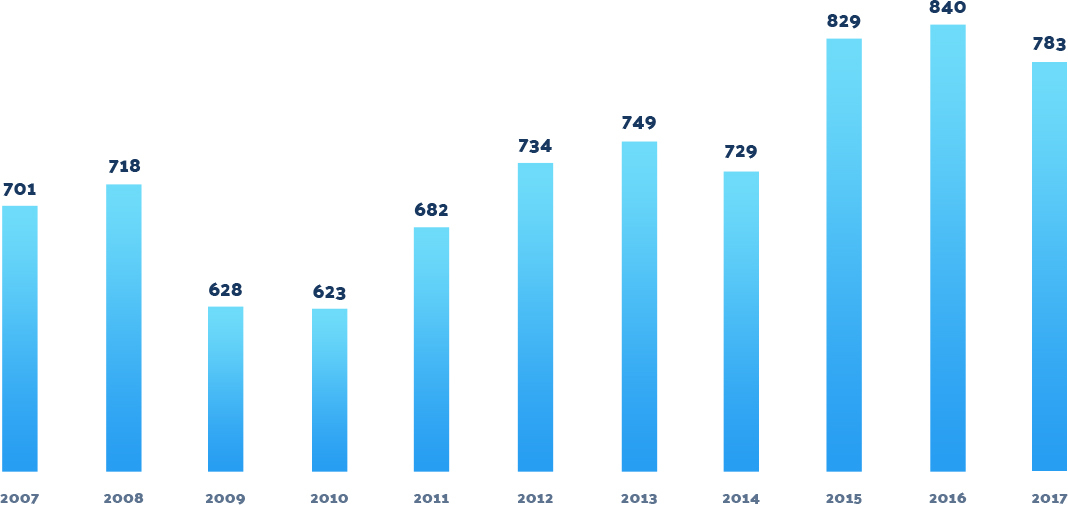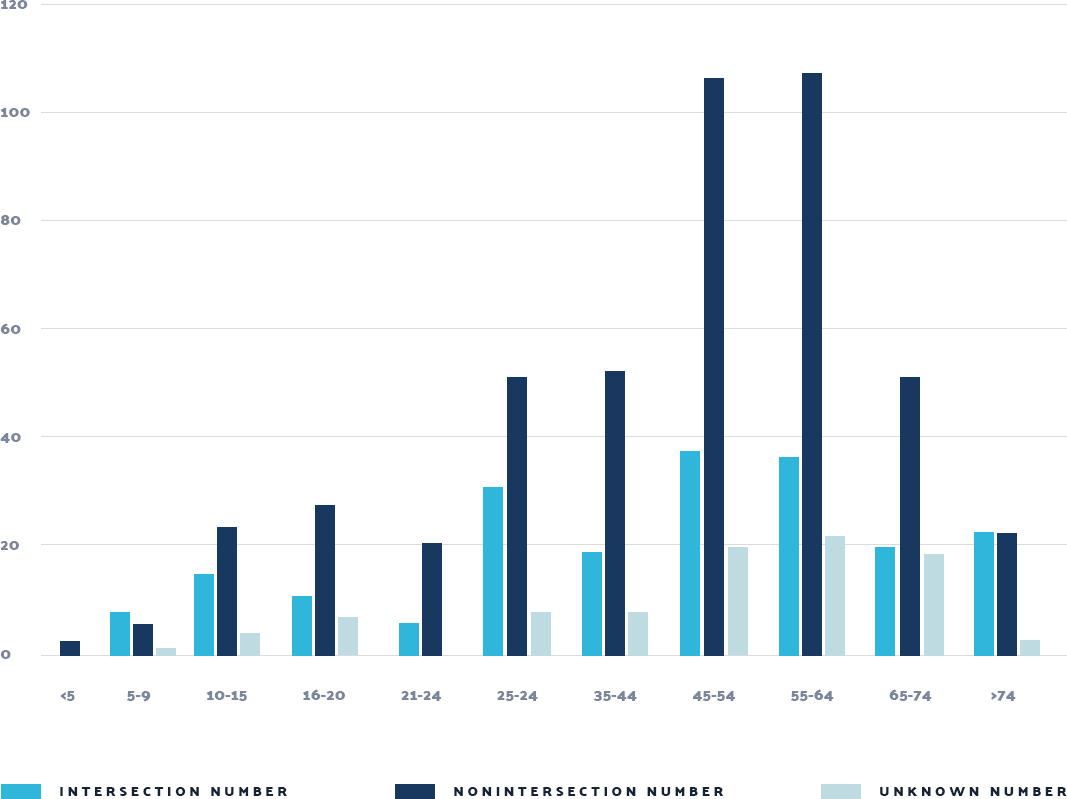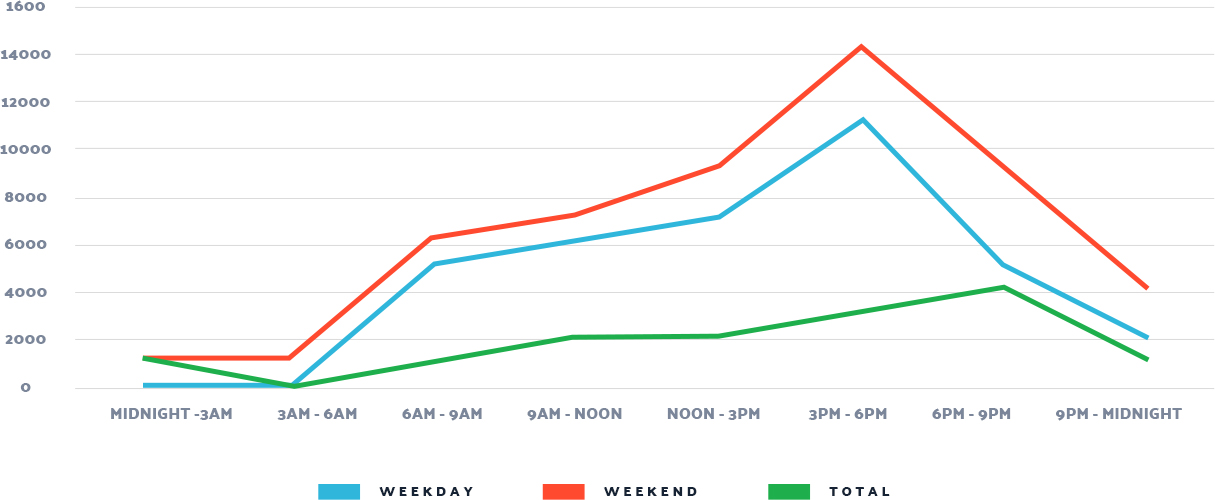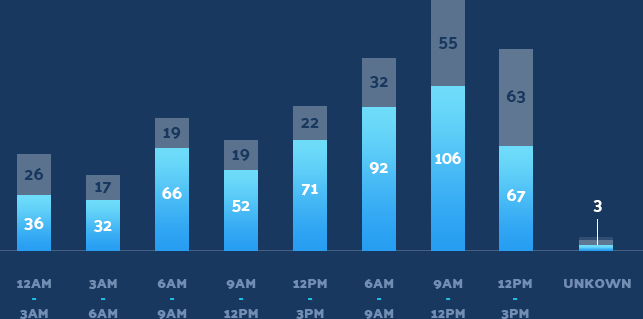Most of these cities have seen a major increase in the number of cyclists on the roads. San Francisco, for example, saw a 13% increase in riders since 2011, while the NHTSA, which is part of the Department of Transportation (DOT), found that New York had the most cyclist fatalities of any city in the country during 2017.
Only 4 major cities reported zero pedalcyclist fatality crashes in 2017: San Diego, Detroit, Nashville, and Baltimore.
As for states, Florida leads the nation in bicycle fatalities, accounting for 16% of all cyclist fatalities in 2017, with California close behind.
The most common reported factors in bike fatalities were:
38%
Failing to Yield The
Right of Way
8%
Failing to Obey
Traffic Signs
10%
Not Being
Visible
8%
Making an
Improper Turn









